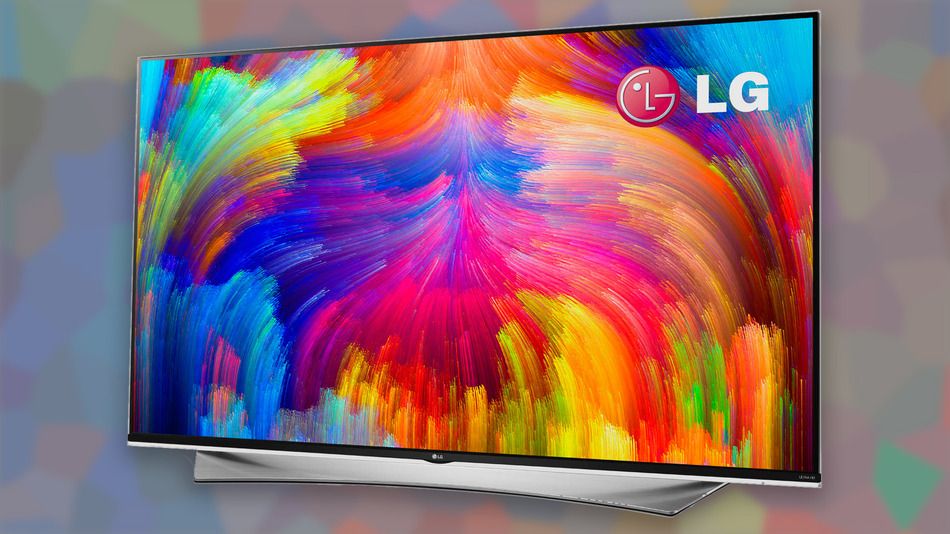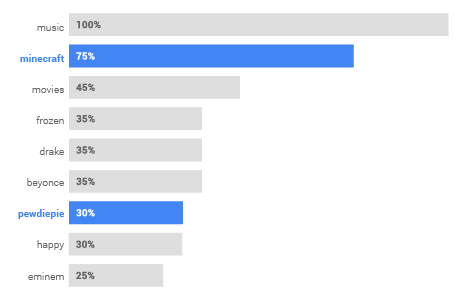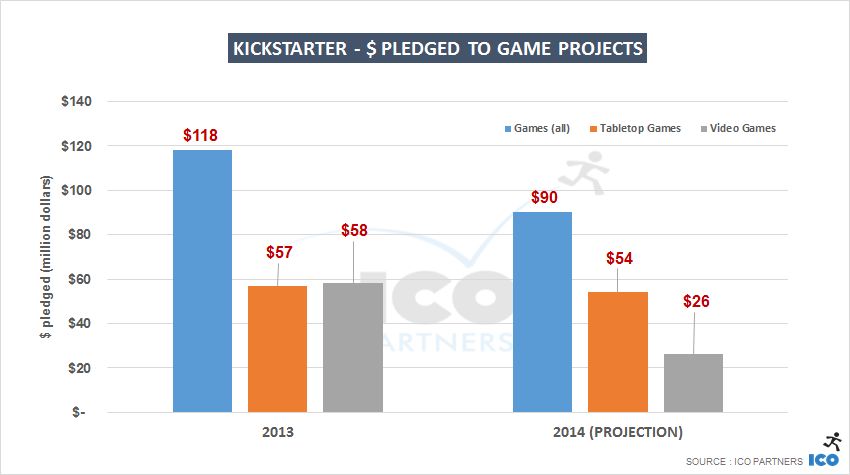You might be thinking that the Consumer Electronics Show is all about, well, consumer electronics. You’d only be partly right, because the CES is show is of great importance to marketers — both directly and indirectly. The show provides a wealth of data about consumers and the latest technologies that are aiming at them, the hot trends in devices and software, as well as the latest marketing techniques, PR strategies, booth designs, and advertising. Not only that, the CES show provides an amazing opportunity to reach a huge audience, if you have the right announcement or event planned.
A perfect example of the confluence between making use of CES as a media opportunity, and the latest trends in consumer electronics and media, is the joint announcement by Havas and Universal Music. The pair are launching the Global Music Data Alliance, which they hope will create new revenue streams by mining the data provided by consumer behavior around Universal’s artists.
Yannick Bolloré, chairman of Universal Music’s parent company Vivendi, said in a statement that “This Global Music Data Alliance will allow our clients and other brands to further expand their common passion for music with fans, and create deeper experiences for them.” It’s an important announcement because Universal is the world’s biggest music producer, with artists such as Taylor Swift, Lady Gaga, Adele, Elton John, Katy Perry, Pearl Jam and U2.
“We want to continue to find new revenue and marketing opportunities for all of our artists by . . . supercharging our efforts to realize previously untapped revenues from consumer brands and other new business partners,” said Universal Music CEO Lucian Grainge. Universal already has the Artist Portal, which tracks music and video sales, streaming, social media, airplay, merchandising and tcket sales. The new alliance will use Havas’ behavioral data to find new marketing opportunities for brands and artists.
Of course, this is being launched at CES with a cocktail party where Universal artist Nick Jonas will perform live. This will, of course, ensure plenty of media coverage . . . who wouldn’t want to use footage like that to illustrate a piece on CES It’s a great example of using the marketing opportunities the show affords.
The marketing opportunities aren’t lost on other companies, as the Wall Street Journal notes. “It’s also about marketing and media,” notes Jack Marshall. “Brands, agencies, advertisers, communications firms, Internet services and even publishers increasingly regard the confab as a must-attend event. It’s a place to learn more about technologies that might alter how they interact with and market to consumers.”

The show is an important place for advertising and marketing agencies to see the latest in the digital landscape — which is why the Ayzenberg Group is attending, among others. Brands and marketers need to be using the latest technologies and media to reach customers, or risk being left behind, and savvy agencies need to be there as well — if not a little bit ahead.
As an example, writes Marshall, Kraft is sending some 50 of its marketers to CES, according to Bob Rupczynski, the company’s vice president of media, data, and customer relationship management. “Other major brands in attendance will include Subway, Coca-Cola, Mondelez, Unilever, Jaguar, Land Rover and Bacardi,” notes Marshall.
The show atrracts some 160,000 attendees overall from around the world, and over the last three years CES has drawn in excess of 30,000 attendees each year from advertising, content, and entertainment communities. “It’s become a tent pole event for those in marketing, advertising and media, and this is the biggest year yet,” said Michael Kassan, CEO of consultancy Medialink, which will spend the week giving tours of the show to marketers and arranging meetings between marketers and media and technology companies. According to Mr. Kassan, it’s becoming increasingly important for marketers and brands to develop relationships with technology companies in order to understand how new innovations might impact their businesses, and CES is the perfect place to start.
CES itself is not unaware of its utility for marketers, and is working to take advantage of it by providing a space dedicated to marketers and digital media companies. The “C Space” portion of the exhibition is designed to “tell the story of how content, creativity, technology, brand marketing, influencers and the consumer come together as part of the CES universe,” CES said in a statement. “Over the course of the week it will feature presentations from executives at major media and marketing companies including Google, Twitter, Yahoo, Havas, Amazon Media Group, NBC Universal, and others,” writes Marshall.
Marketers who are at CES should be taking note of the hottest technologies that are appearing all over the show — that’s how you know what’s likely to be important in the coming year. It’s pretty obvious that 4K TV is the next big thing in consumer displays, and the only questions how fast it is adopted. Another major trend is the continuing adoption of Android TV as the driving force behind major brand TVs, as it’s being built right in to Sony and LG TVs, while Samsung is building in its Tizen operating system. This will lead to even more gaming as games appear directly on TVs without the need for a console. It will be more and more difficult to buy a TV without smarts, as it becomes cheaper than ever to build in an operating system and some processors — and app stores and streaming functions, providing new revenue opportunities for TV makers and game companies.
Of course, often what’s important to note at CES (as at other major shows) is what’s not at the show. This year, one interesting omission is the Steam Box, which was all over CES last year but seems to have cooled down considerably this year. Where’s 3D TV, the favored technology for several years at CES has run its course, with no interest from consumers and a decreasing amount of new content.
The area that’s really heating up is the really mobile market — cars. Several companies are working to bring the latest in mobile tech into cars, without having to wait for consumers to buy a new vehicle or carmakers to slowly improve the available electronics. Apple and Google are both working with carmakers to make it easy to upgrade your electronics in a car from year to year, as you upgrade the rest of your mobile devices. We’ll be seeing more screens in cars, more connectivity — and more opportunities for marketers to be there, too. Inside the vehicle is a place where Americans spend a good deal of time, and there’s plenty of opportunities cropping up in that space for advertising and marketing.



 Ian Tornay, Associate Director of Social Strategy at Ayzenberg
Ian Tornay, Associate Director of Social Strategy at Ayzenberg
